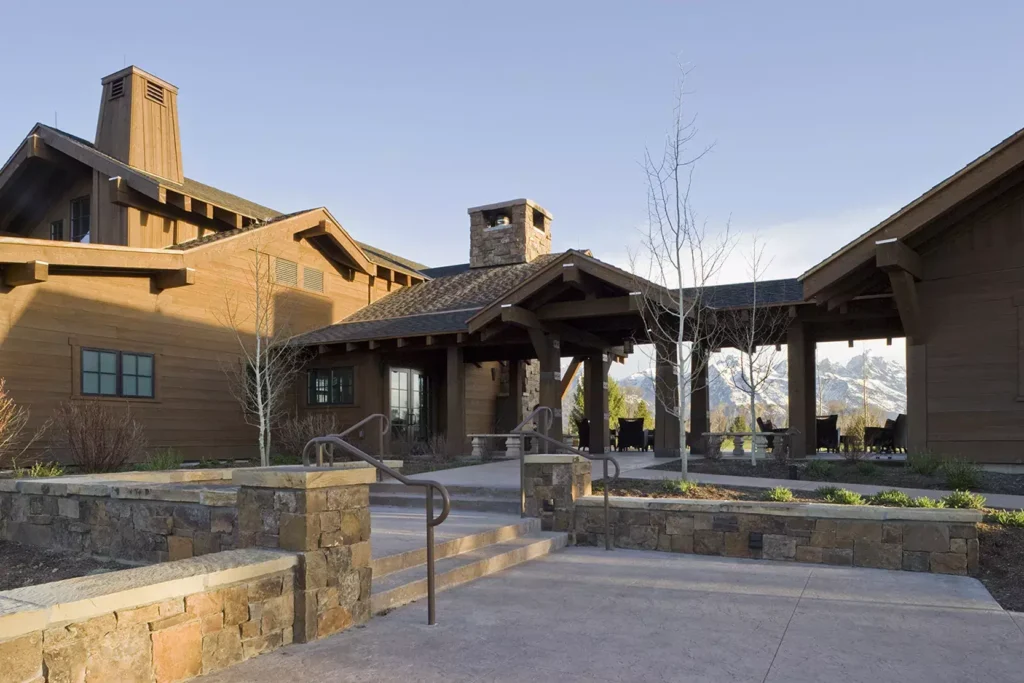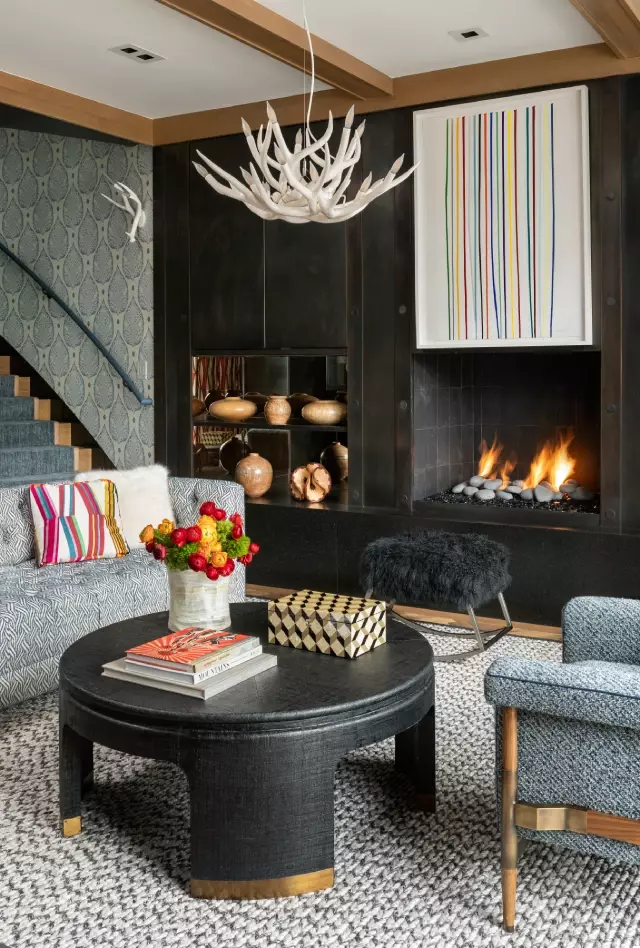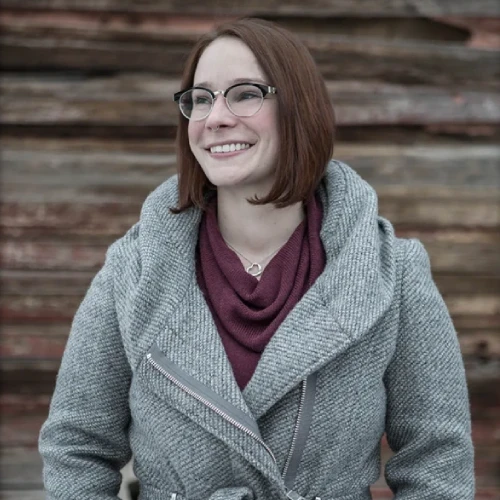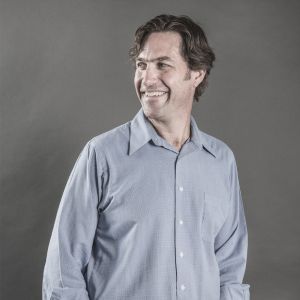Exploring the world of hospitality architecture unveils a fascinating intersection of artistry, functionality, and guest experience. As travelers seek unique accommodations, a hotel’s design becomes critical in attracting guests. From towering skyscrapers to intimate boutique settings, architectural choices reflect a hotel’s identity and its location’s cultural and environmental ethos.
Architects and designers are pushing the boundaries of what a hotel can offer, blending sustainability with cutting-edge technology to create spaces that are both beautiful and beneficial to their surroundings. This evolution in hotel design is about aesthetics and creating a memorable, immersive experience for every guest who walks through the doors. As we delve deeper, we’ll discover how these innovative designs shape travel and hospitality’s future.
Planning and Conceptualization
When crafting the architecture of a hotel, it’s critical to begin with a detailed understanding of the project’s scope and intent. Architects leverage both creative and analytic skills to propose solutions that align with the expected outcomes.
Understanding Client Needs
Architects, through quality client consultations, ensure that every aspect of the hotel’s design effectively serves both functional and aesthetic objectives. This personalized approach reassures clients that their specific requirements and aspirations for the hotel project are thoroughly understood and catered to. For instance, a client aiming for a luxury resort will prioritize opulent design elements and exclusive amenities, whereas a budget hotel chain may focus more on cost-efficiency and space maximization. The architecture must mirror the client’s brand identity and commercial goals in both cases, ensuring the final structure meets market demands and guest expectations.
Environmental and Cultural Considerations
Incorporating environmental and cultural elements into hotel design architecture is not just about adherence to expectations—it’s about resonating with the locale’s spirit. Architects assess the physical and cultural landscape of the site, which influences materials selection, construction methods, and sustainability building practices. For example, using locally sourced materials supports the local economy and reduces the environmental footprint. Additionally, integrating cultural motifs in design features can enhance the guest experience by celebrating the location’s heritage and traditions. This approach contributes to a hotel’s identity, making it a memorable part of the community and a magnet for culturally conscious travelers.
Hotel Exterior Design
The exterior of a hotel serves as its first impression, pivotal in guest attraction and retention. Architects focus on integrating innovative facade materials and techniques along with meticulous landscape design, ensuring that the hotel blends well with its surroundings and stands out as a visual landmark. This emphasis on the visual aspects of hotel architecture is sure to intrigue the audience and make them appreciate the role of design in creating a memorable first impression.

Facade Materials and Techniques
Architects utilize various materials like smart glass, carbon steel, wood, and glass fiber reinforced concrete (GFRC)to enhance hotel exterior design, focusing on durability, aesthetic appeal, and sustainability. Glass allows natural lighting, improves views, and offers a modern look, with smart glass technology enabling energy conservation by adjusting to external light. Steel is used for its strength and versatility, allowing for structurally sound and unique designs. Wood adds a warm, natural aesthetic, suitable for rustic or eco-friendly themes, with advancements increasing its durability and weather resistance. Concrete provides unmatched strength and longevity, allowing for a minimalist canvas that designers can easily personalize. GFRC expands concrete’s strong, lightweight architectural uses due to its versatility, strength, and dynamic design opportunities.
Landscape Integration
Incorporating natural components into a hotel’s exterior design enhances aesthetic appeal and fosters a calm, relaxing atmosphere. Thoughtful plant selection and landscaping, tailored to suit the local climate and ecosystem, involve using native plants that require less maintenance and support local biodiversity, offer environmental benefits, and create a verdant retreat for guests. Adding water features, like fountains or reflective pools, introduces an element of tranquility and elegance and can also assist in cooling the environment in warmer climates. Thoughtfully planned outdoor seating areas with comfortable views and shade structures like canopies or pergolas further encourage guests to enjoy and connect with the natural surroundings.
Hotel Interior Design
Transitioning from the architectural styles and sustainability detailed in the exterior design, hotel interior design is critical in enhancing the guest experience. Hotel interior design isn’t just about aesthetics; it’s a strategic blend of functionality, comfort, and style tailored to embody the brand’s identity and assure guest satisfaction.

Lobby and Common Areas
Hotel lobbies and common areas serve as guests’ first point of interaction, setting the tone for their entire stay. These spaces prioritize both hospitality and function, featuring seating that inviting guests to unwind and interact with others. Designers incorporate art installations, green spaces, and dynamic ambient lighting to evoke a sense of place and luxury. High-quality materials and a thoughtful layout create a visually appealing and practical space. For instance, the placement of the reception desk, lounges, and concierge services are strategically positioned for easy access and efficient flow of traffic, ensuring that guests feel comfortable and oriented from the moment they step inside.
Guest Rooms and Suites
The design of guest rooms and suites focuses on maximizing comfort and convenience while reflecting the hotel’s unique character. Every detail, from the choice of bedding to the artwork on the walls, is carefully selected to create a harmonious and inviting atmosphere. Besides aesthetic appeal, practicality is a crucial consideration; ample storage, ergonomic furniture, and effective soundproofing are essential components that elevate the guest experience. Through these thoughtful design choices, hotels ensure that each room is not just a place to stay but a sanctuary for relaxation and renewal.
Technology Integration
Technology is crucial in modern hotel design architecture, enhancing guest experiences through innovation and convenience. This section explores how technology integrates seamlessly into various aspects of hotel architecture.
Smart Rooms
Smart rooms, a hallmark of modern hotel design,enhance guest comfort and control by integrating advanced technology. Utilizing IoT, these rooms allow guests to customize settings like temperature, lighting, and window shades via smartphones or in-room tablets. These settings can be saved for future visits, enhancing personalization. Additionally, voice-controlled devices in these rooms allow guests to easily access hotel services and information about the local area, improving both guest experience and hotel operations. The future of hotel design is exciting, with technology playing a pivotal role in creating personalized and convenient. High-end hotels further personalize the experience by allowing guests to choose artwork displayed on digital screens in the room, highlighting the hospitality design trend towards bespoke guest experiences in hotel design.
Automated Systems
Automated hotel systems improve operational efficiency and the guest experience through features like automated check-in/check-out, robotic luggage handling, and automated room service. These systems reduce wait times and personalize guest services. Additionally, these systems manage behind-the-scenes operations such as energy use and adjusting HVAC according to real-time occupancy, which helps minimize the hotel’s environmental impact while maintaining comfort.
As hotels embrace technology, the architecture that houses these innovations becomes invisibly aligned with modern conveniences, ensuring that the infrastructure supports and enhances sophisticated integrated technologies. This marriage of technology and architecture elevates the guest experience and reinforces the hotel’s commitment to sustainability and efficiency.
Accessibility and Inclusivity
Hotel architecture is evolving to prioritize a premium experience through accessibility and inclusivity, ensuring that facilities are welcoming and comfortable for guests of all abilities. To cater to diverse needs, architects incorporate universal design principles, such as wheelchair-accessible access to guests’ facilities, material auditory cues for elevation change, and auditory assistance devices. These adaptations comply with legal standards but enhance the spatial experience, broaden guest appeal, and boost satisfaction. Additionally, hotels enhance navigational ease with a clear layout, strategic signage, and the integration of technology like interactive maps and mobile apps, which help guests move around the premises independently and confidently. This commitment to thoughtful design and accessibility reflects positively on the hotel’s service quality and dedication to guest comfort.
Conclusion
Hotel architecture redefines how guests experience travel by marrying aesthetics with functionality. Today’s designs are not only about visual appeal but also about fostering inclusivity and sustainability. As architects continue to innovate, these spaces reflect a deep understanding of cultural and environmental responsibilities. They’re setting benchmarks in the industry that prioritize guest comfort while promoting a greener, more inclusive world. This evolution in hotel design isn’t just a trend; it’s a movement toward creating lasting impressions and meaningful experiences for every traveler.













